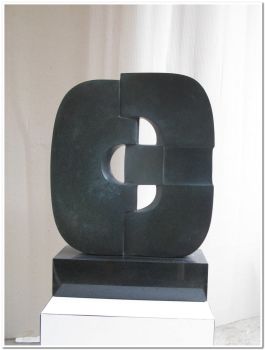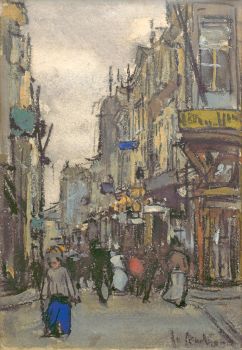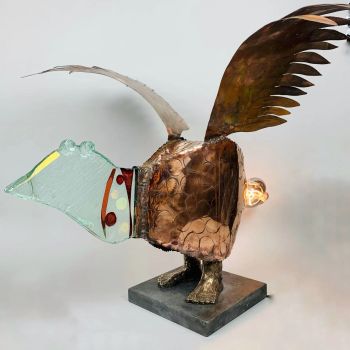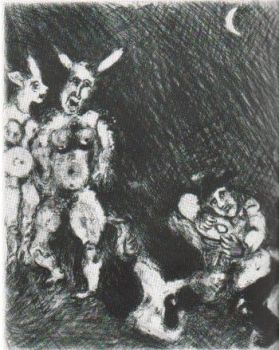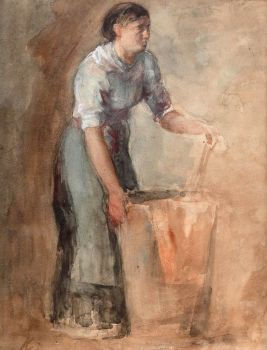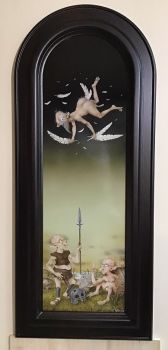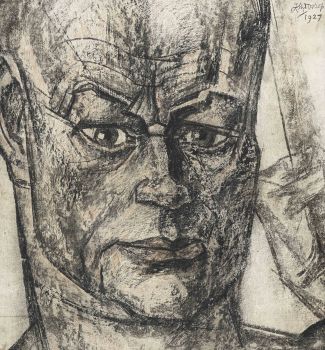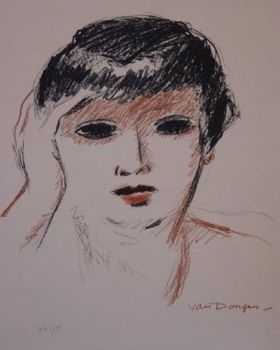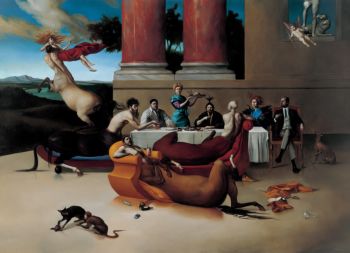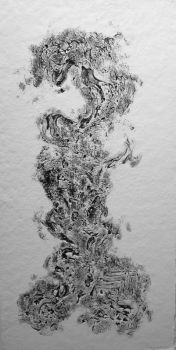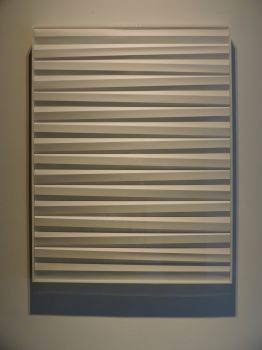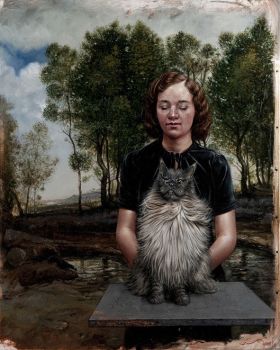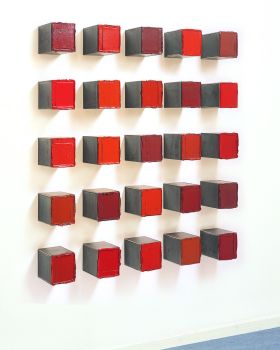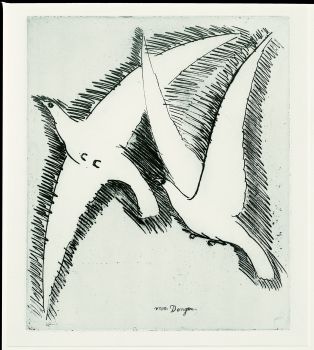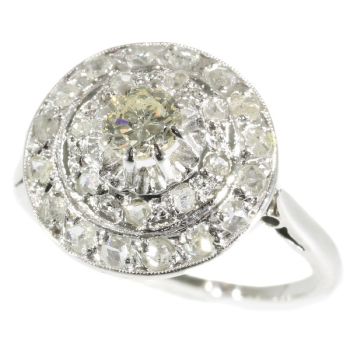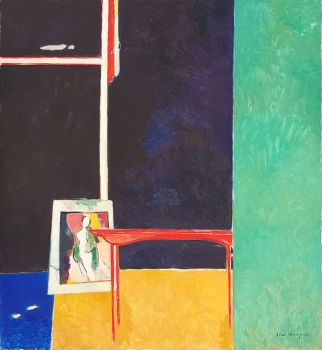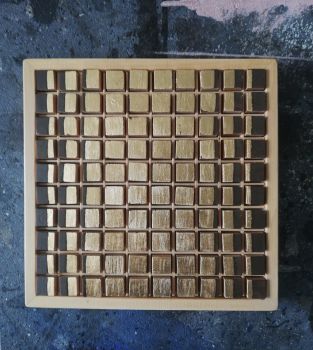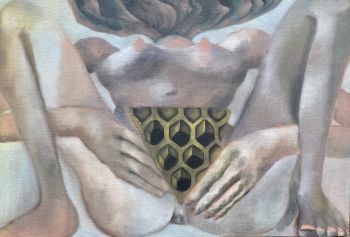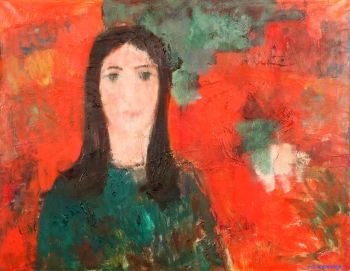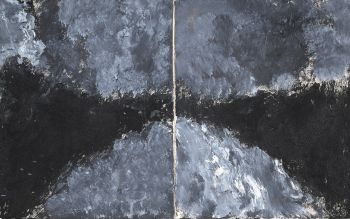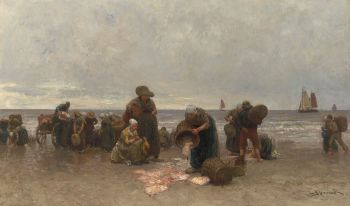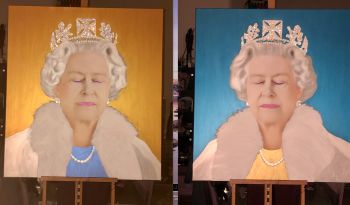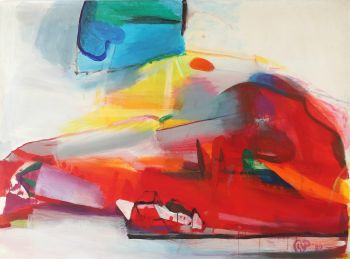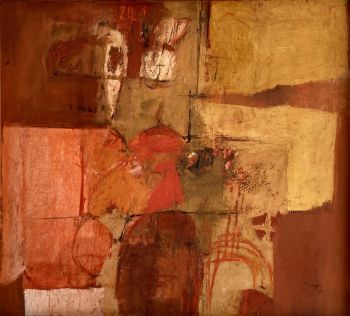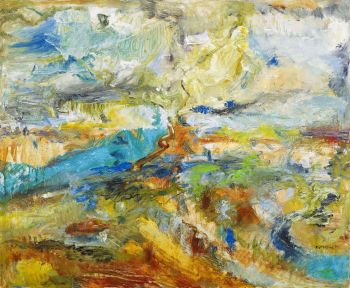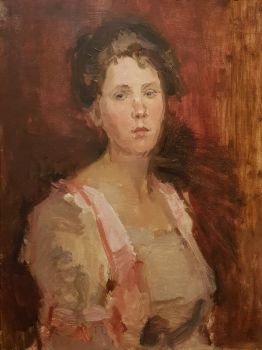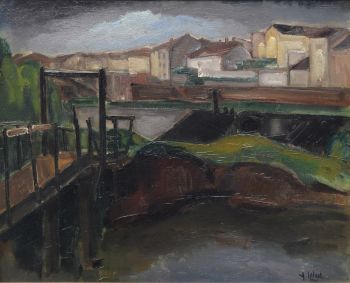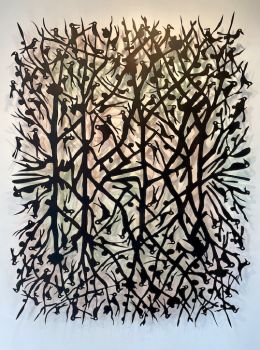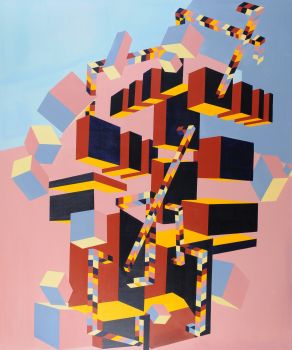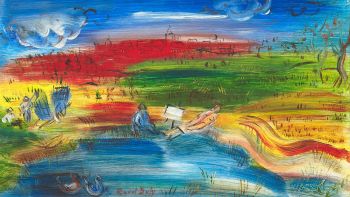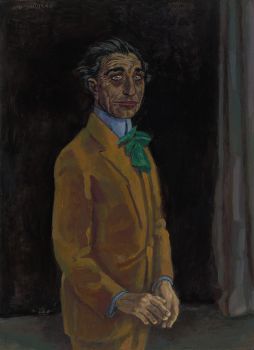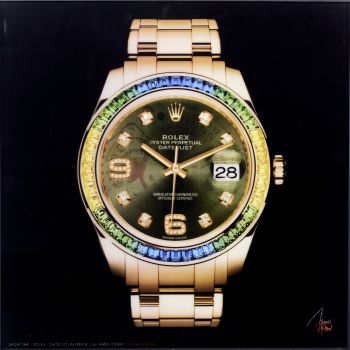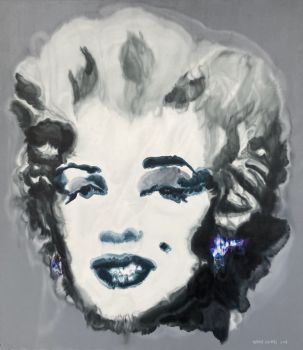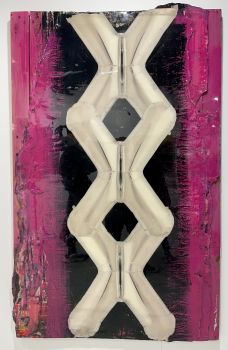About the artist
Jaap Gardenier was born in Delft in 1930 and died in Manosque in 2009. His academic journey began at the University of Amsterdam, where he studied art history. It was during a workshop at university that Jaap discovered his deep passion for drawing and painting. This discovery led him to immerse himself so completely in painting that he decided not to complete his studies and to devote himself completely to art.
In 1961, Jaap found himself in Lacoste, in the south of France, where he formed a meaningful friendship with the Swedish painter Sven Blomberg. Blomberg was part of an artist group around Victor Pasmore in England. A year later, in 1962, Jaap left the Netherlands for good to settle in an abandoned farm in the Alps.
Jaap Gardenier's work is characterized by the use of rich colors that give landscapes, cityscapes and harbor views an intense psychic dimension within their abstract construction. The emotions that a scene evokes form the basis of his paintings, drawings, engravings and lithographs. His art is powerful, intense and enchanting, balancing on the border between figurative and abstract. His works often seem abstract, but are rooted in reality, an approach reminiscent of that of Nicolas de Staël, where only the essential lines of landscapes, machines or human contours are retained.
Gardenier admired the work of many artists from different periods, including Vermeer, Goya, Degas, Van Gogh, Pierre Bonnard, Picasso, Nicolas de Staël, Francis Bacon and David Hockney.
His career as a self-taught painter was characterized by periods that naturally arose from his pictorial explorations. This resulted in series that focused on specific subjects, as he himself mentioned on his website "Jaap Gardenier: the landscapes of Provence, the lavender distillery, the Grosage slaughterhouse, the Connemara coast in Ireland, the abandoned industrial port of L'Estaque , the worlds of Harlem and Brooklyn in New York, and the human face as a psychic mirror."

